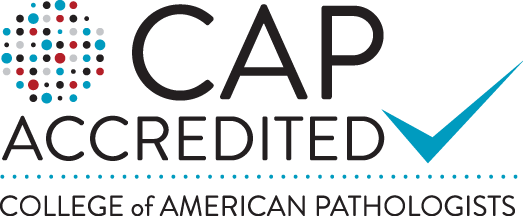Nonprofit Hospitals’ 2013 Revenue Lowest Since Recession, Report Says
Published August 27, 2014
Nonprofit hospitals last year had their worst financial performance since the Great Recession, according to a report released on Wednesday.
The poor operating performance of many hospitals underscored some of the changes in the health care system as the federal government and private health plans became less willing to pay for hospital care and changed the way they paid hospitals in an effort to reduce costs.
Hospital revenue growth slowed to a nominal low in 2013 — 3.9 percent — as hospital admissions fell for the first time, according to the report by Moody’s Investors Service, which analyzed the results of 383 hospital systems. Hospitals had generally been able to increase revenue by 7 percent or more a year.
“It’s an industry in flux,” said Jennifer Ewing, a Moody’s analyst who follows the tax-free bonds of hospitals and was one of the report’s authors. “It’s changing. It could be painful.”
As hospitals struggled to reduce costs, the growth in their expenses outpaced revenue growth for the second year in a row. Moody’s described it as “unsustainable.” One-quarter of the hospital systems reviewed by Moody’s reported an operating loss.
Over all, hospitals received less money from private health plans and government programs like Medicare. Private insurers, for example, often gave hospitals little or no increase in payments for services compared with the double-digit increases they had typically been willing to pay. Hospitals also saw lower Medicare payments as a result of the across-the-board federal budget cuts enacted last year and other moves to cut costs.
Demand for hospital services also seemed to be declining, according to the report. Increasingly, patients were being treated outside of a hospital. In addition to declining admissions, the growth in outpatient services provided by hospitals also slowed as competition from places like retail clinics increased.
Patients increasingly paid a higher share of their medical bills, through higher deductibles and co-payments, causing some to forgo care altogether. The Moody’s analysts said they expected this trend to continue as more employers shifted a greater percentage of medical costs to their employees. Hospitals also saw high levels of bad debt from people who could not or would not pay what they owe.
Hospitals invested in physician practices, to allow them to provide more care outside of a hospital setting, and sophisticated computer systems, according to Moody’s.
The weakening financial situation has led to increased interest in mergers and alliances. Larger systems reviewed by Moody’s had higher revenue growth because of their ability to negotiate with insurers, and many were better equipped to control costs because of their size.
While last year’s results did not reflect the millions of Americans now covered under the federal health care law, the Moody’s analysts said hospital operations would not show much benefit from the additional paying customers until 2015. “We expect continued financial weakening,” the report said.
The nonprofit hospitals’ results were in sharp contrast to some for- profit hospital chains, like LifePoint Hospitals and HCA Holdings. These companies have recently reported higher quarterly earnings, some of which they attributed to the influx of patients from the Affordable Care Act, especially in states where there was an expansion of the Medicaid program. Those earnings included results from the first six months of the Affordable Care Act.
“The ownership models do create differences,” said Lisa Goldstein, an associate managing director at Moody’s, who said the for-profit companies were by their nature focused on delivering higher earnings to their shareholders.
In July, LifePoint, a chain based in Brentwood, Tenn., reported a 17 percent increase in revenue, compared with the same quarter in 2013. In states that expanded Medicaid coverage, LifePoint reported seeing fewer people without insurance. Its quarterly earnings increased by 44 percent.
The Moody’s analysts emphasized the more fundamental shift taking place in the health care system as insurers try to find a way to reward hospitals that provide high-quality care for less money instead of paying them more to deliver more care.
“We’re shifting, slowly but surely,” Ms. Ewing said.
A survey released last month by the Blue Cross and Blue Shield Association estimated that as much as $1 out of every $5 in reimbursements from one of the association’s Blue Cross plans was being paid under an arrangement in which providers were rewarded for improving care and lowering costs.
Source: The New York Times


